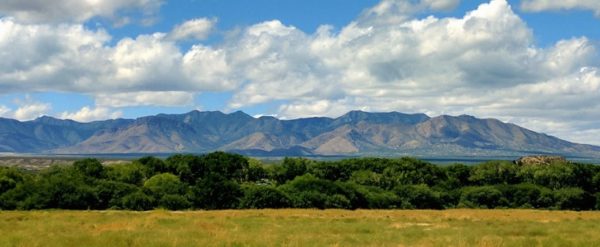Rise of the Lifestyle Farm
Satisfaction of life close to the land
last updated 2-22-2020 by St David Springs

Over the past decade, America has been undergoing what many call a “farmland revival,” with a high proportion of farms today as what might be classed “lifestyle farms.”
From backyard eggs-and-jam to areas of grazing land for a handful of animals, the lifestyle farmer’s income mostly comes from other work.
In 2007, for example, over 40% of farms reported less than $2,500 in income. Nearly 10% had less than 5 acres of land, and more than half of primary farm operators reported that their main income was a job outside of their farm.
Another characteristic of lifestyle farms: They typically don’t employ full-time labor and instead rely on family members working together.
So, what’s the draw? Farming — even lifestyle farming — is, after all, hard work!
But lifestyle farmers claim great satisfaction in making their land productive enough to cover the cost of feeding livestock and giving them some high-quality additions to the household menu, from fruit and vegetables to meat and eggs.
Some lifestyle farms are also used as market gardens with their own produce stands, or they supply home-grown produce and meats, homemade cheeses and yogurts and more to a regular stall in a local farmer’s market.
Most importantly, farms are a fantastic “natural classroom,” providing so many educational opportunities for kids, including the kind of practical lessons that are harder and harder to come by in the modern world. In fact, some would argue that “farm kids” are more successful in life due to the work life experiences of their childhoods. Investigate St David Springs, FFA, 4H and a family farm of your own. Good life lessons are hard to come by and easy to live with. Consider St David Springs.
Did you grow up on a farm? Know someone who did? What do you think the “farming revival” means for America today?
